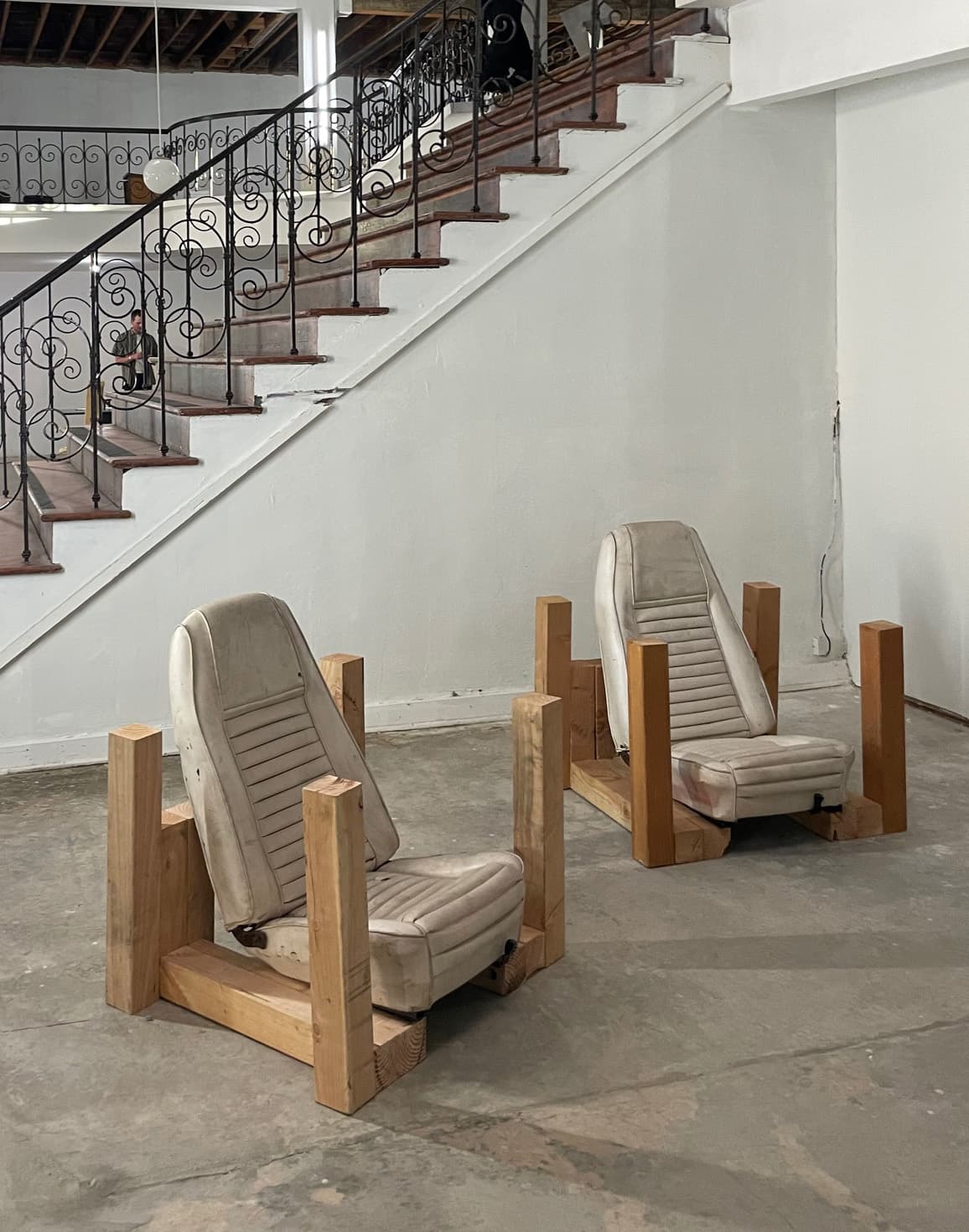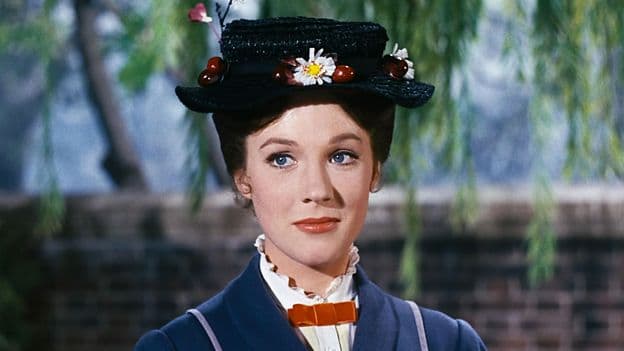
We’re used to being told we must choose: fast or slow, digital or analog, efficient or meaningful. But the truth is, the 21st century doesn’t work in binaries. It’s not a choice between frictionless convenience and soulful pause—it’s the strange coexistence of both, often in the same moment. We live in a world where life slides forward with the ease of an algorithm and, at the same time, stops abruptly in the weight of grief or the rapture of love.
Technology has given us the smoothest experience of time in history. A meal, a ride, a song, even a conversation can appear almost instantly, summoned with a touch. Time flows like polished glass, without interruption, each second indistinguishable from the next.
It’s not a choice between frictionless convenience and soulful pause—it’s the strange coexistence of both
And yet the human heart refuses to flatten. Loss slows us into days that feel unbearable. Desire stretches minutes into eternity. Romance, grief, awe—these create punctuation marks in the text of our lives. They give shape to a passage of time that otherwise risks becoming seamless but illegible.
This tension already marks our culture. Fashion often marries futuristic materials with nostalgic silhouettes—silver fabrics paired with lace, AI-generated patterns softened by retro tailoring. Businesses, too, split themselves across this divide: some promise faster delivery and cleaner interfaces, others thrive by offering depth, slowness, ritual. One world sells the glide; the other, the pause. Both respond to the same need: not either/or, but both/and.
The lesson here is not to reject technology’s smoothness nor to idolize human friction. It is to recognize that meaning comes from rhythm—moments of effortless flow punctuated by emotional resistance. A life without pauses is a blur; a life without flow becomes stuck in its own stillness.
The real art of living in this century may be learning to dance between them. To embrace the convenience that frees us, without losing the gravity that roots us. To let time slide, but also to let it stop. Only then does the texture of life—its contrasts, its harmonies, its unexpected rhythms—fully come into view.

RELATED ARTICLE
Do Manners Matter In The Digital Age?